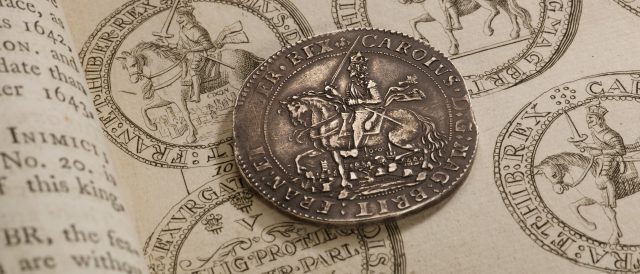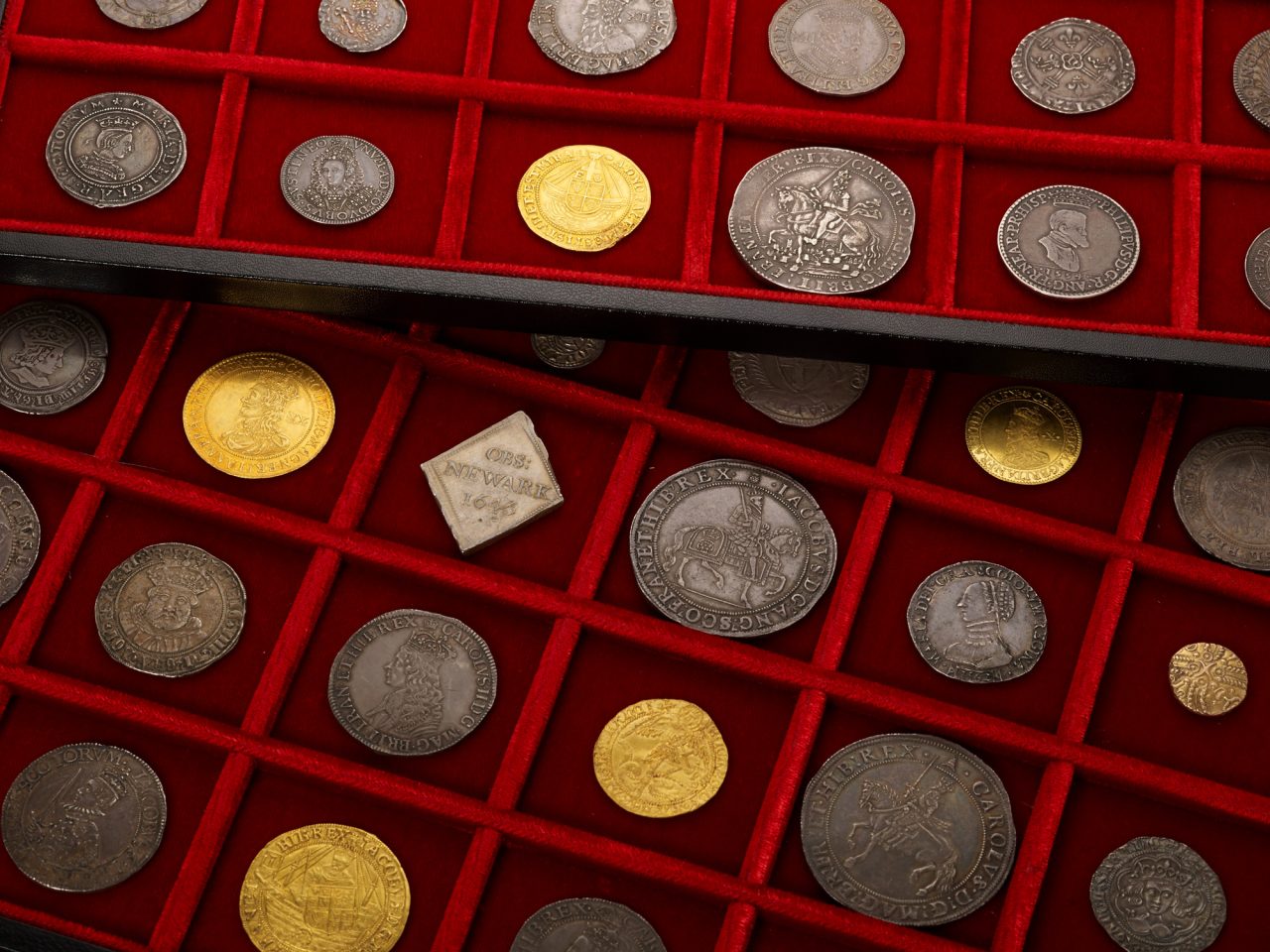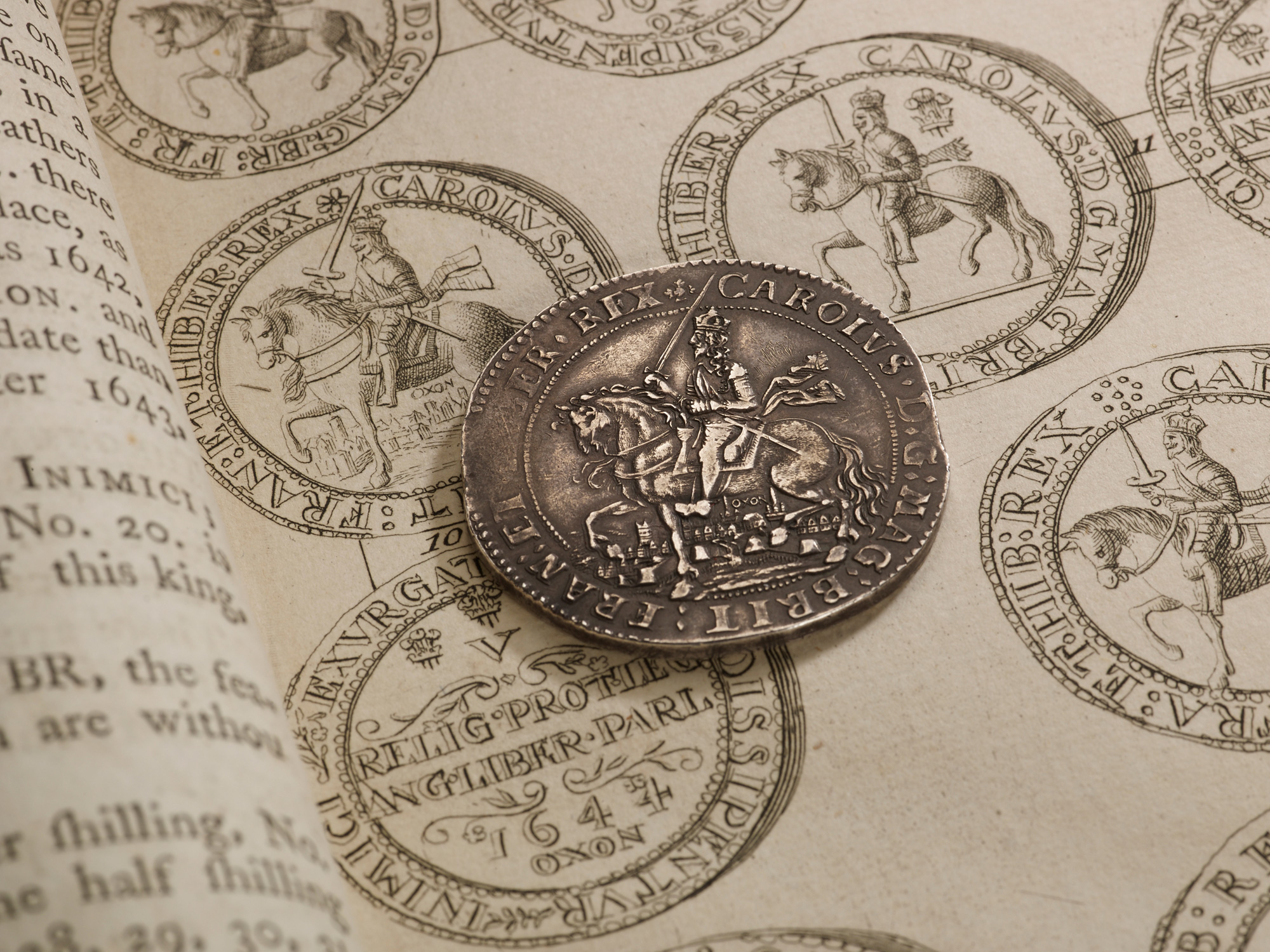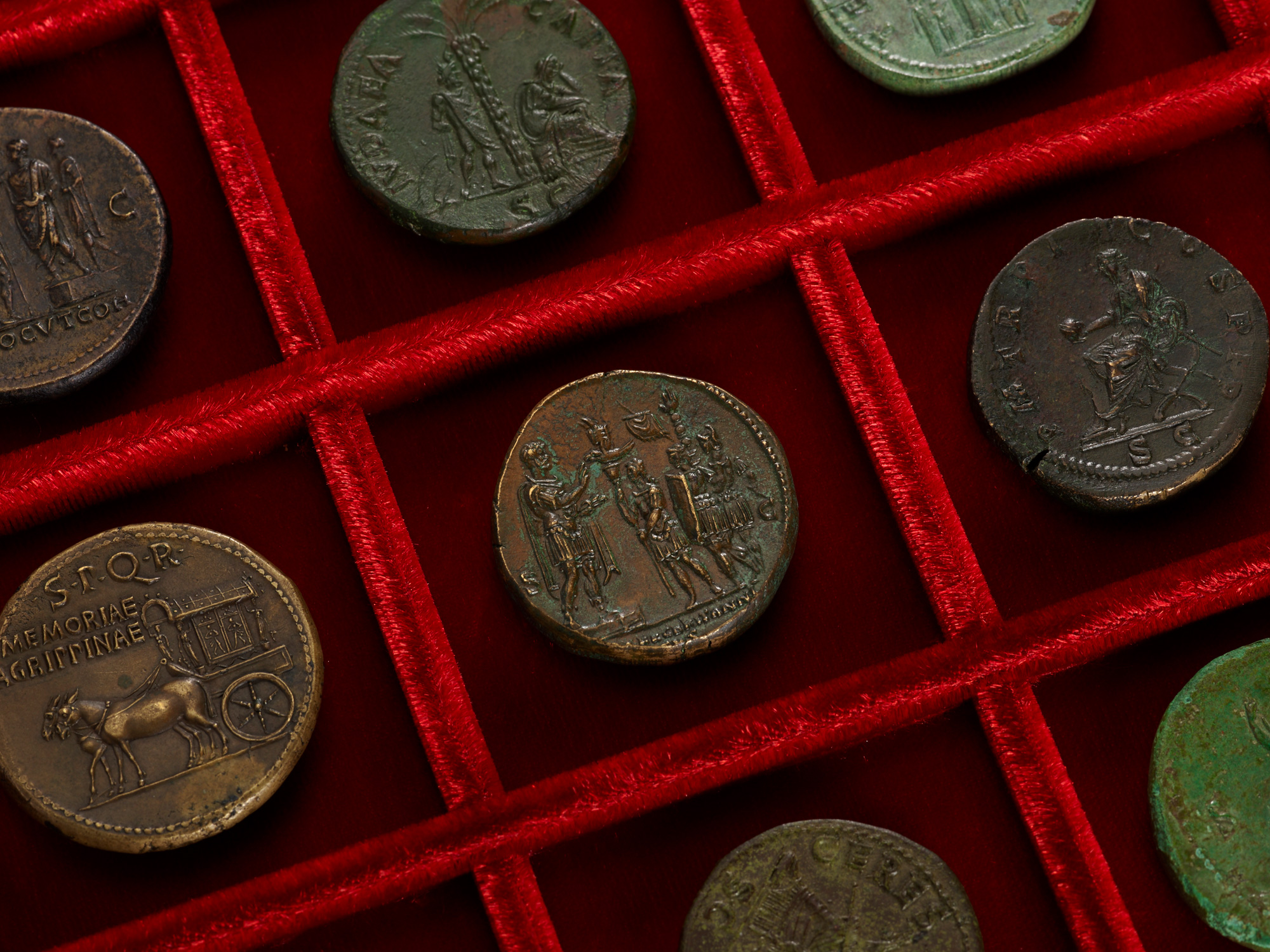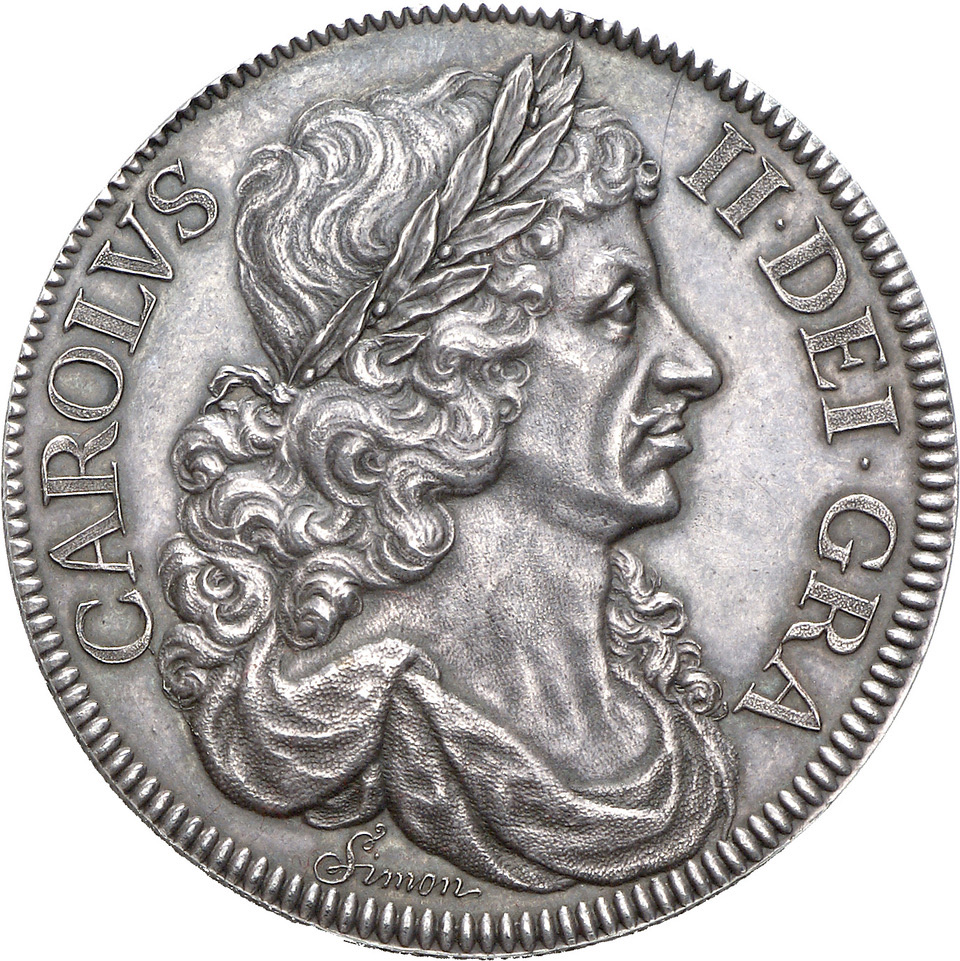An outstanding collection of British and Roman coins is to be put up for auction in Zurich in May and October 2024. The collection includes an exceptionally rare trio of coins depicting British kings, while highlights of Roman bronze collection include a bronze sestertius of Emperor Hadrian commemorating his visit to Britain in AD 122.
The Cope Collection, a collection of coins comprising rare and highly sought-after British and Roman specimens, will be auctioned in Zurich in May and October 2024 in a collaboration by leading coin firms Numismatica Ars Classica, Classical Numismatic Group and Numismatica
Genevensis.
The collection, amassed over fifty years by noted numismatist Geoffrey Cope, is made up of 170 ancient Roman bronze coins and over 800 British coins and medallions in a remarkably high state of preservation, with a significant number considered to be the finest known examples in existence.
Highlights of the May sale include a trio of coins documenting kings of England and a bronze Roman sestertius commissioned by the Emperor Hadrian upon the completion of Hadrian’s Wall in 130 AD.
Most valuable of these coins is the Petition Crown of Charles II, the highest independently graded of only 16 known in existence and estimated at $750,000. Struck by celebrated medallist Thomas Simon, it was created in 1663 to ‘petition’ the King to rehire Simon as the sole Chief Engraver at The Royal Mint. Making use of new mechanical technology, Simon printed a message around the edge of the coin entreating the King to “compare this his tryall piece with the Dutch”. The coin features a striking portrait so detailed that even the veins on the King’s
neck can be made out.
Treasury
Another key piece in the sale is a King Henry VIII Testoon, which depicts the King in an imposing, frontal portrait. The coin was struck in 1544 and was likely modelled on the famous painting by Hans Holbein the Younger. The coin represents a key moment in Henry VIII’s reign, when a lack of funds in the treasury led the Tudor government to manipulate currency by introducing cheap metals into coins previously made of sterling silver – known as the Great Debasement. This particular specimen is regarded to be the finest of those in existence and is one which Cope himself spent his whole life searching for.
A third highlight of the British collection is the famous Oxford Crown depicting King Charles I by Thomas Rawlins, struck in 1644. The coin captures the presence of King Charles I in Oxford during the English Civil War. The two central spires belong to All Saints Church – reconstructed since the time of Charles I, and now Lincoln College library – and the University Church of St. Mary on the High Street. Only eleven specimens are known, eight of which are in museum collections.
An important part of the collection is a group of Roman bronzes in a remarkably high state of preservation. Most notable of these is the sestertius of Hadrian celebrating his legions stationed in Britain. On display for several years at the British Museum, the coin presents on one side an accomplished portrait of Hadrian and, on its reverse, the Emperor in the act of addressing his army. The quality of the artistic engraving and the state of conservation are such that the portrait on the reverse is recognisable even on such a minute scale. It is believed that the occasion which prompted the issue of this coin could have been the completion of Hadrian’s Wall in 130 AD. This important masonry construction was commissioned by Hadrian on the occasion of his visit to Britannia in 122.
Other Roman coins of particular note include a sestertius of Agrippina, issued by her son Caligula to commemorate the death of his mother – the reverse depicting a funeral carriage drawn by two donkeys – and a sestertius of Vespasian commemorating the successful campaign in Judaea.
Likeness
Other British coins to be auctioned as part of the Cope Collection include a gold Angel of Richard III found near the site of his death at Bosworth Field; an example of the first English shilling depicting Henry VII, the first coin on which a true likeness of an English monarch is found; the only halfcrown of Mary Tudor and Philip II in private hands; a gold ship Ryal of James I showing the king on the deck of a contemporary man-of-war and a silver crown of Queen Anne in mint state.
Arturo Russo, Director of Numismatica Ars Classica, said: “Assembled over a lifetime by a connoisseur and passionate advocate for numismatics, the Cope Collection is a truly remarkable collection containing some of the finest Roman and British specimens in existence. These coins are spectacular not only for their artistic representations of important moments in Roman and British national history, but also for their pedigree. We are thrilled to present the opportunity to museums or collectors to acquire a piece of history at our auction in May.”
The Roman coins and the first part of the British collection will be offered in a sale in Zurich on 8th May 2024. The second and final part of the British collection will be offered in Zurich in October 2024. Viewing will take place at the London offices of Classical Numismatic Group (British) and Numismatica Ars Classica (Roman) in early April and again in September, prior to the auctions in Zurich. It is the first time these three leading numismatic firms have collaborated on an auction.
Collectors can register for the auction by visiting http://www.copecollection.com/
